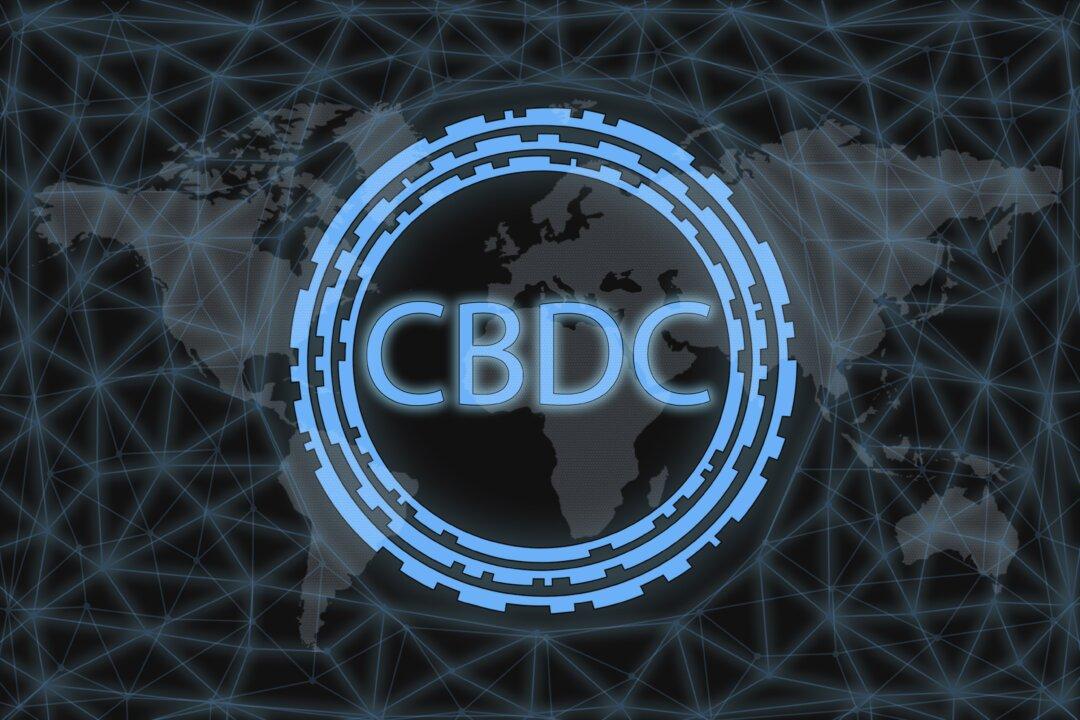Commentary
If the old saying “where there’s smoke, there’s fire” holds true, sometime this decade we in the United States are likely to see the unveiling of a CBDC—a central bank digital currency.

If the old saying “where there’s smoke, there’s fire” holds true, sometime this decade we in the United States are likely to see the unveiling of a CBDC—a central bank digital currency.